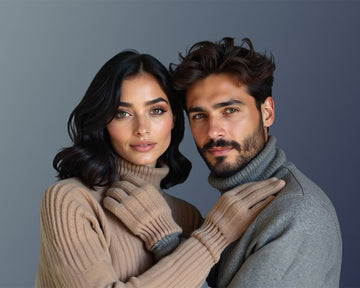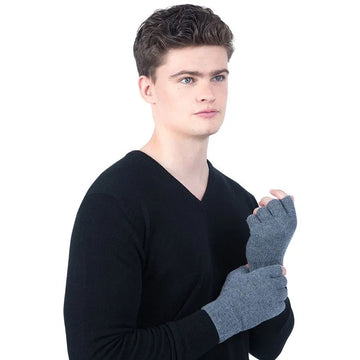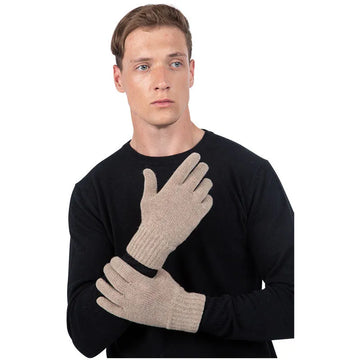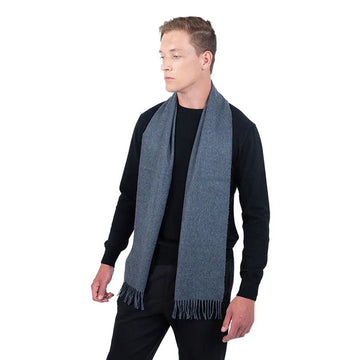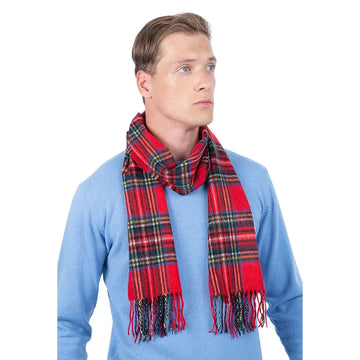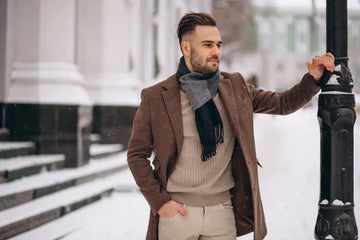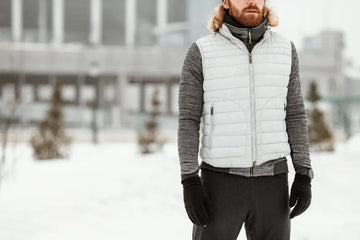Brits are famously not very good at dealing with extreme weather conditions, complaining when it’s boiling hot and moaning when the mercury plummets. So, if you want to stay pleasantly warm this winter and keep the chilly wind out, here are some tips on the best things to wear.
Turtlenecks
It doesn’t take a genius to work out the fewer body parts you expose to the elements, the warmer you’ll remain. So don’t bear your neck, arms, or legs, and make sure as much of you is as wrapped up as possible.
This means swapping your usual V-neck sweatshirts for turtlenecks, as these cover your entire chest up to the top of your neck.
Scarves
Scarves are a must during the colder months, as they not only trap warm air in but also protect against those nasty winter bugs, particularly when pulled up over your mouth.
Yale University research has revealed that wearing scarves can reduce the spread of colds, as viruses prefer cooler temperatures.
Akiko Iwaskai, professor of immunobiology at the university, said: “We found that the innate immune response to the rhinovirus is impaired at the lower body temperature compared to the core body temperature.”
If this isn’t a reason to buy a new cashmere scarf for women this winter, we don’t know what is!
Cashmere
It isn’t just about what type of clothing you wear, but the choice of material too. Cashmere, for instance, is one of the softest, and warmest, fibres available, making it an ideal choice for winter.
It is not a surprise that cashmere is great for freezing temperatures, as it comes from cashmere goats, which live in the Himalayas and comfortably endure climes of -30C. As a result, the creatures grow a very thick, insulating coat of wool.
So, if you’re worried about whether a cashmere scarf, gloves, cape, poncho or jumper will be able to protect against the recent sub-zero temperatures the UK has been experiencing, and could yet again witness over the next couple of wintry months, remember those goats withstanding plummeting temperatures on mountaintops.
Hats
Another item of clothing not to leave home without from November to March is a hat. This is because you lose a significant amount of body heat through your head, making the rest of you feel chilly.
The head is optimal at regulating body temperature, so not wearing a hat could result in a big drop and could cause hypothermia in extreme cases.
As well as preventing heat loss and trapping hot air in, they protect ears from frostbite and stop hair from getting wet from snow and rain.
In addition to this, wearing a warm hat can help you avoid cold weather headaches and migraines.
When looking for a new winter hat, make sure you get one made of wool, fleece, polyester, nylon or sheepskin, as these are “excellent choices for keeping your head warm while also keeping moisture at bay”, Curated Taste recommended. It is also a good idea to get one that covers your ears and neck to keep these warm and toasty.
